This article was medically reviewed by Mark Ziats, MD, PhD. Dr. Mark Ziats is an Internal Medicine Physician, Scientist, Entrepreneur, and the Medical Director of xBiotech. With over five years of experience, he specializes in biotechnology, genomics, and medical devices. He earned a Doctor of Medicine degree from Baylor College of Medicine, a Ph.D. in Genetics from the University of Cambridge, and a BS in Biochemistry and Chemistry from Clemson University. He also completed the INNoVATE Program in Biotechnology Entrepreneurship at The Johns Hopkins University - Carey Business School. Dr. Ziats is board certified by the American Board of Internal Medicine.
There are 9 references cited in this article, which can be found at the bottom of the page.
This article has been viewed 134,882 times.
HPV, otherwise known as the Human Papillomavirus, is one of the most common sexually transmitted infections. One of the most notable symptoms of this condition is the appearance of wart-like growths around the genitals. If you are concerned you have contracted HPV, you can do an at-home evaluation and then follow up with a medical professional.
Steps
Recognizing Genital Warts
-
1Learn what HPV genital warts look like. If you want to diagnosis HPV-related genital warts, the first step is familiarizing yourself with their appearance. This can help you differentiate genital warts from other skin conditions and STDs such as herpes.[1]
- HPV genital warts appear in a variety of forms. They may be flat lesions or small, cauliflower-like bumps.
-
2Pay attention to itching. Genital warts rarely cause pain. However, they may become quite itchy. If you notice any unusual lesions near your genitals that itch, they may be HPV related.[2]Advertisement
-
3Understand where genital warts usually appear. You can identify HPV genital warts by knowing where they generally appear. HPV warts occur in specific areas on men and women.[3]
- Genital warts usually appear around the penis or scrotum in men.
- In women, genital warts usually appear on the vulva but may also appear near the anus, on the cervix, or inside the vagina.
- While these are the most common areas of appearance, HPV warts can appear anywhere on the body including non-genital areas.
Getting a Medical Diagnosis
-
1See a doctor. If you suspect you may have HPV genital warts, you should see a doctor. There is no single test used to diagnose HPV. Most HPV tests (such as a pap smear for women) are used to check for cancer-causing subtypes — it is important to note that these are not the same as the subtypes that cause genital warts. Your doctor can diagnose HPV warts by taking your medical history and performing a physical examination.[4]
- Your doctor will ask about your history of exposure to sexually transmitted infections such as chlamydia, genital herpes, gonorrhea, syphilis or trichomoniasis.[5]
- She may also do a biopsy or scrapping of the warts if needed to confirm their etiology.
- She will check for genital discharges and other symptoms. The doctor may ask about the color and smell of the vaginal or penis discharge.[6]
- Your doctor will also ask about your sex practices and sexual behavior. Do you use condoms with your partner? Do you have more than one sex partner?[7] The doctor may also ask if you have heterosexual intercourse, homosexual intercourse, or both, as risk factors are different.
- Your doctor will perform a physical assessment to determine abnormalities in the affected areas. Inform the doctor if you feel any discomfort or pain during the procedure.[8]
-
2Seek treatment. Once you've been diagnosed with HPV-related genital warts, talk to your doctor about treatment options. Genital warts are treated with medication and can also be removed surgically.[9]
- Over-the-counter creams like salicylic acid can be effective in treating genital warts. Your doctor may prescribe certain creams to enhance your immune system to fight off the warts.
- Your doctor can also remove a wart surgically or freeze it off using liquid nitrogen. Laser surgery can also be used to remove warts.
- Your doctor may also prescribe you an immune response modifier, such as Aldara (Imiquimod) cream. While this won't cure your genial warts, it is very affective in making cosmetic improvements.[10]
Assessing Your Risk
-
1Learn how the HPV virus is contracted. The HPV virus can be acquired through direct contact with infected skin cells. It enters the outer skin layer through any break in the skin, such as a cut or wound. Genital HPV is usually contracted during sexual contact.[11]
-
2Familiarize yourself with risk factors. Certain behaviors and pre-existing conditions increase your risk for contracting HPV. Knowing if you're at an increased risk can help you diagnose HPV warts.[12]
- Having multiple sex partners and engaging in risky sexual behavior, such as unprotected sex, can increase your risk for developing HPV.
- If your skin is damaged, you're more likely to contract HPV during sex. If you've had sex with someone with genital warts, this also increases your risk.
- People with immunodeficiencies, such as people with AIDS or cancer, are also more at risk of developing this condition.
-
3Take action to prevent HPV. Always engage in safer sex. Use condoms and ask your partner about his or her sexual history. You cannot entirely eliminate the risk of acquiring HPV through condom use, but it does cut down transmission rates.[13]
References
- ↑ https://www.mayoclinic.org/diseases-conditions/hpv-infection/symptoms-causes/syc-20351596
- ↑ https://www.cancer.gov/about-cancer/causes-prevention/risk/infectious-agents/hpv-and-cancer
- ↑ https://www.nhs.uk/conditions/human-papilloma-virus-hpv/
- ↑ https://www.plannedparenthood.org/learn/stds-hiv-safer-sex/hpv/should-i-get-tested-hpv
- ↑ http://www.cdc.gov/std/hpv/stdfact-hpv.htm
- ↑ http://www.cdc.gov/std/hpv/stdfact-hpv.htm
- ↑ http://www.cdc.gov/std/hpv/stdfact-hpv.htm
- ↑ http://www.cdc.gov/std/hpv/stdfact-hpv.htm
- ↑ https://www.plannedparenthood.org/learn/stds-hiv-safer-sex/hpv/how-hpv-treated
About This Article
Genital warts can appear in many different forms. They can be flat lesions, or small, cauliflower-like bumps. They usually appear around the genital region and anus, although they can appear anywhere on the body. Genital warts are rarely painful, but can often by itchy. If you think you might have genital warts, visit your doctor or a sexual health clinic so they can examine you and prescribe medication. For more tips from our Medical co-author, including how to avoid getting genital warts in the future, read on.
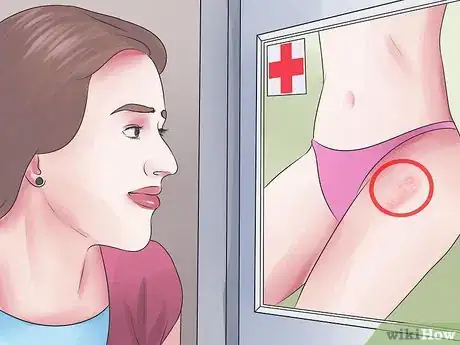
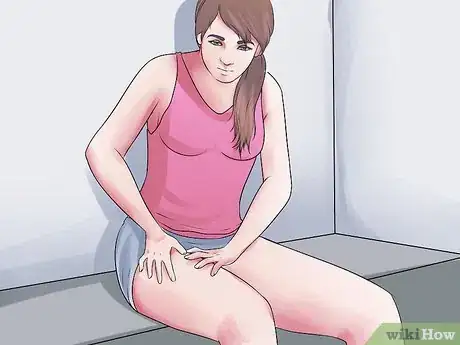
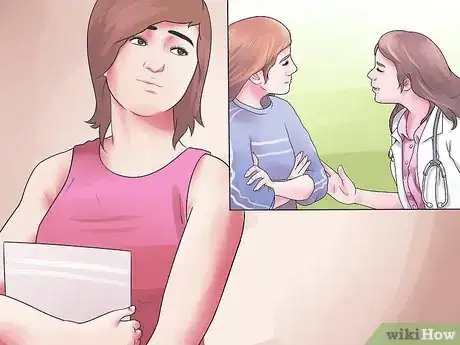
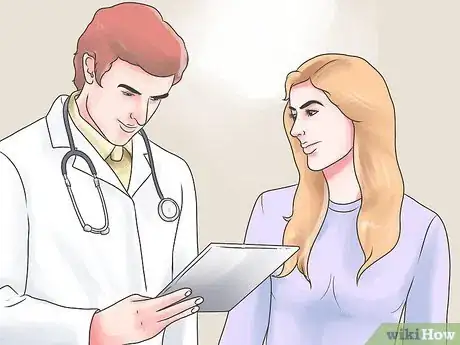
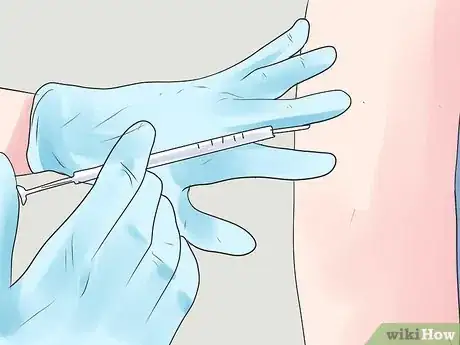


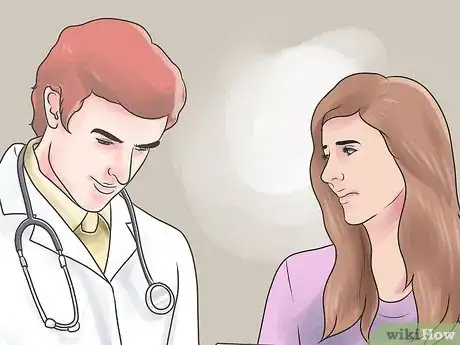
-Step-17.webp)
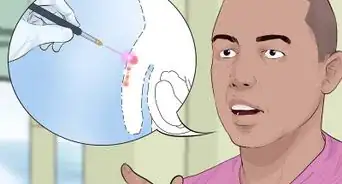
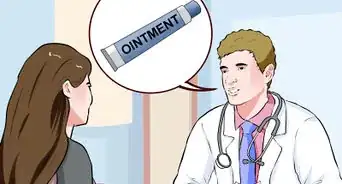
-Step-11-Version-2.webp)


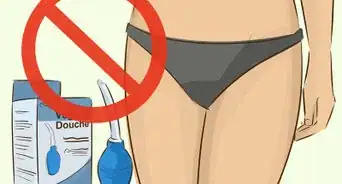
-Step-10.webp)
-Step-13.webp)
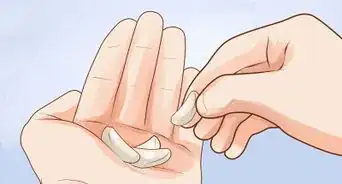
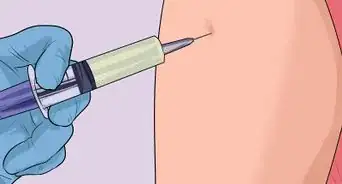
-Step-9.webp)
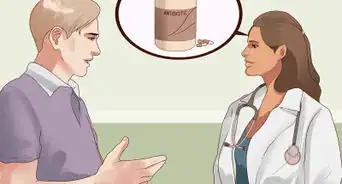
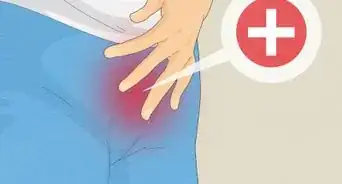








-Step-17.webp)
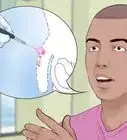
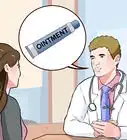
-Step-11-Version-2.webp)



































Medical Disclaimer
The content of this article is not intended to be a substitute for professional medical advice, examination, diagnosis, or treatment. You should always contact your doctor or other qualified healthcare professional before starting, changing, or stopping any kind of health treatment.
Read More...